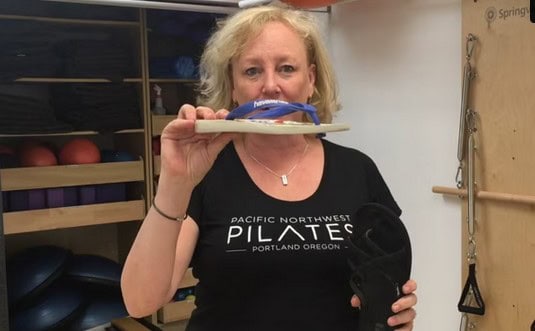As we dive into the heart of summer, it’s time to talk about a common seasonal phenomenon: flip flop foot. What started as a fresh pair of flat flip flops now reveals much about your client’s walking patterns, footwear suitability, and potential biomechanical issues.
When we wear flip flops, our toes often grip to keep the shoe in place, leading to increased activity from the hip muscles. Observing your client’s flip flops can provide valuable insights. For instance, if the rear foot is in pronation while the forefoot is in varus (with the big toe higher than the baby toe), this indicates an imbalance.
The indentations on the flip flop can tell you how someone walks and bears weight. Deep heel pockets or altered relationships between the rear foot and forefoot suggest that you should examine their hip mechanics. Watch your client walk in their flip flops; they might be engaging their sartorius and tensor fascia latae muscles to keep the flip flop secure, or they might be gripping with their toes.
To address these issues, incorporating Pilates can help balance the relationship between the foot and the hip. This can prevent any temporary changes from becoming permanent, even after they stop wearing their summer shoes.
Watch the video below to learn more!


